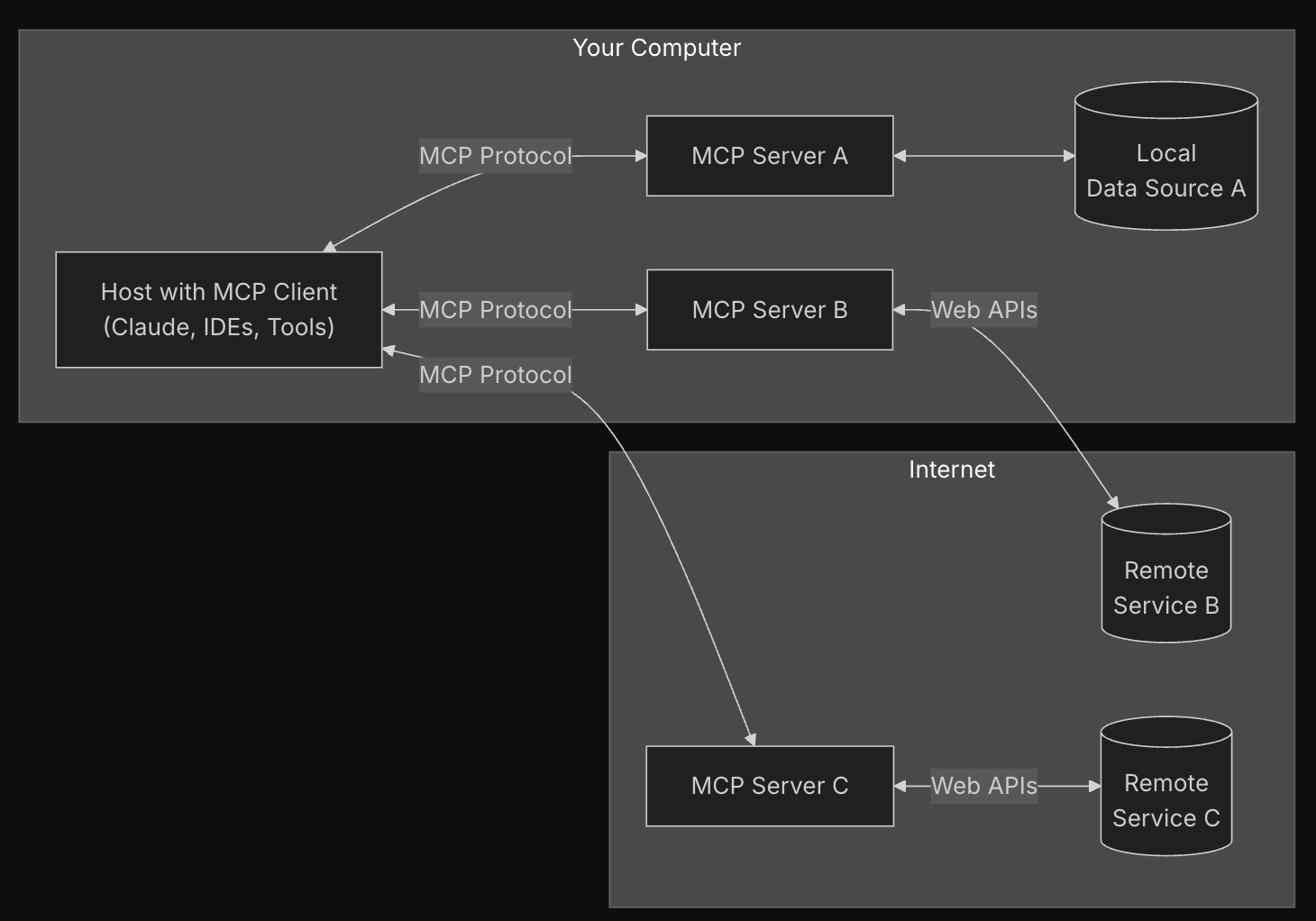
The Bitcoin Lightning Network (LN) is a game-changing technology that enables fast, cheap, and secure transactions on the Bitcoin blockchain. Launched in 2015, LN has been gaining momentum, and its adoption is on the rise. In this blog post, we’ll delve into the world of Bitcoin Lightning Network, exploring how it works, its use cases, and real-world applications.
What is Bitcoin Lightning Network?
The Bitcoin Lightning Network is a decentralized, peer-to-peer network that enables fast and cheap transactions between nodes on the Bitcoin blockchain. LN is built on top of the Bitcoin protocol, utilizing the same underlying blockchain as Bitcoin. However, LN operates at a different layer, allowing for faster and more efficient transactions.
How does Bitcoin Lightning Network work?
The Bitcoin Lightning Network operates on a network of payment channels, which are essentially encrypted and decentralized “pipes” that connect nodes on the network. These channels enable multiple transactions to be bundled together and sent in batches, reducing the need for individual transactions on the Bitcoin blockchain.
Here’s a step-by-step explanation of how LN works:
- Node creation: A node is created on the network, which can be a computer, smartphone, or any other device with internet access.
- Payment channel creation: A node creates a payment channel with another node, which is essentially a shared account that can be used for transactions.
- Transaction batching: Multiple transactions are grouped together and sent to the channel, reducing the number of individual transactions on the Bitcoin blockchain.
- Channel updates: The channel is updated to reflect the new balance of funds, and the nodes agree on the new balance.
- Channel closing: When the channel is closed, the funds are transferred to the Bitcoin blockchain, and the nodes are notified of the new balance.
Use Cases of Bitcoin Lightning Network
The Bitcoin Lightning Network has numerous use cases, including:
- Fast and cheap payments: LN enables fast and cheap transactions, making it ideal for online shopping, microtransactions, and other fast-paced applications.
- Remittances: LN can be used for cross-border remittances, reducing the cost and time associated with traditional payment methods.
- Micropayments: LN enables micropayments, which can be used for online content, music, and other digital goods.
- Gaming: LN can be used in gaming, enabling fast and seamless transactions, and reducing the latency associated with traditional payment methods.
- DeFi: LN can be used in decentralized finance (DeFi) applications, enabling fast and secure transactions, and reducing the cost associated with traditional payment methods.
Real-World Use Cases of Bitcoin Lightning Network
The Bitcoin Lightning Network has already been adopted in various real-world use cases, including:
- BitPay: BitPay, a leading online payment processor, has integrated LN into its platform, enabling fast and cheap transactions for its users.
- PayPal: PayPal, a leading online payment processor, has also integrated LN into its platform, enabling fast and cheap transactions for its users.
- Rakuten: Rakuten, a Japanese e-commerce company, has integrated LN into its platform, enabling fast and cheap transactions for its users.
- Bitcoin ATMs: Some Bitcoin ATMs have already started to support LN, enabling fast and cheap transactions for users.
- Satoshi Square: Satoshi Square, a New York-based Bitcoin store, has integrated LN into its platform, enabling fast and cheap transactions for its users.
Benefits of Bitcoin Lightning Network
The Bitcoin Lightning Network offers several benefits, including:
- Faster transactions: LN enables faster transactions than traditional payment methods, reducing the time associated with processing payments.
- Lower fees: LN reduces the fees associated with traditional payment methods, making it more cost-effective for users.
- Increased security: LN increases the security of transactions, reducing the risk of hacks and other security threats.
- Decentralized: LN is a decentralized network, enabling peer-to-peer transactions without the need for intermediaries.
Challenges and Limitations of Bitcoin Lightning Network
While the Bitcoin Lightning Network offers several benefits, it also has some challenges and limitations, including:
- Scalability: LN faces scalability challenges, as the network is still in its early stages of development.
- Regulatory uncertainty: The regulatory landscape for LN is still uncertain, and it’s unclear how the network will be regulated in the future.
- Security risks: While LN increases the security of transactions, it’s not immune to security risks, such as channel hacks and other malicious activity.
Conclusion
The Bitcoin Lightning Network is a game-changing technology that enables fast, cheap, and secure transactions on the Bitcoin blockchain. With its numerous use cases, real-world applications, and benefits, LN is poised to revolutionize the way we think about transactions and payments. While it faces some challenges and limitations, LN has the potential to become a dominant force in the world of cryptocurrency and blockchain technology.






